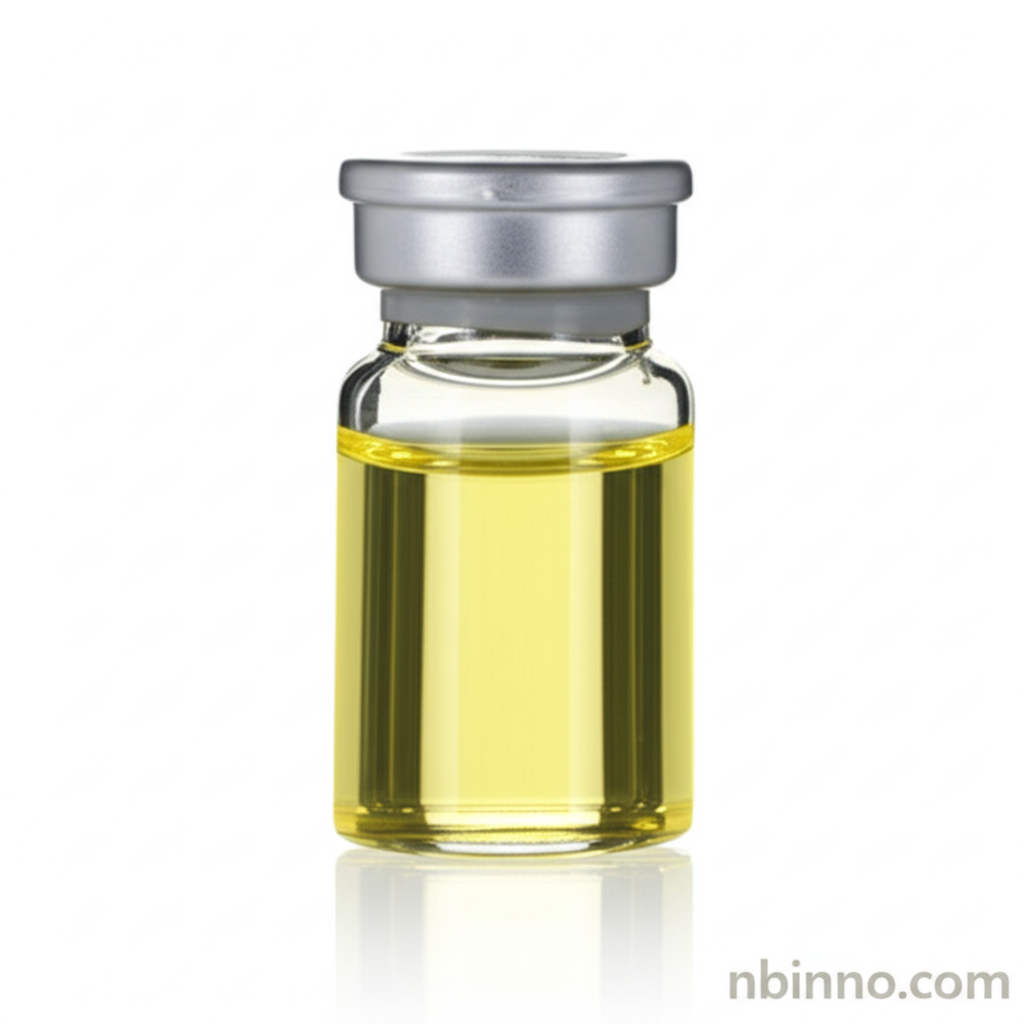2-Chloro-1-cyclopentylethanone: Synthesis, Reactivity, and Applications
A key intermediate for pharmaceuticals and agrochemicals, offering diverse synthetic possibilities.
Get a Quote & SampleProduct Core Value

2-Chloro-1-cyclopentylethanone
This compound is a crucial bifunctional intermediate in organic synthesis, combining a reactive α-chloro ketone moiety with a cyclopentyl group. This unique structure enables a wide array of chemical transformations, making it an indispensable building block for constructing complex molecules with potential applications in pharmaceutical and agrochemical manufacturing. Its versatility is highlighted in the synthesis of biologically active compounds and heterocyclic scaffolds.
- As a key pharmaceutical intermediate, 2-Chloro-1-cyclopentylethanone facilitates the synthesis of complex drug candidates. By utilizing its reactive α-chloro ketone moiety, chemists can construct intricate molecular architectures essential for novel therapeutics.
- The compound serves as a building block for heterocyclic synthesis, including pyrroles and thiophenes. These ring systems are prevalent in many bioactive molecules, underscoring its importance in medicinal chemistry research.
- Its chemical reactivity allows for various transformations, such as nucleophilic substitution and reduction. These reactions are fundamental in extending carbon chains or modifying functional groups to create diverse chemical entities.
- Researchers have investigated 2-Chloro-1-cyclopentylethanone for its potential biological activities, including cytochrome P450 enzyme inhibition. This finding suggests a role in pharmacokinetic modulation, which is vital for enhancing drug efficacy.
Key Advantages
Versatile Reactivity
The α-chloro ketone functionality makes it highly reactive towards nucleophiles, enabling diverse synthetic pathways. This versatility is crucial for building complex organic structures.
Pharmaceutical Intermediate
Its structure is well-suited for the synthesis of pharmaceutical intermediates, contributing to the development of new drug candidates for various therapeutic areas.
Heterocyclic Synthesis
It acts as a valuable precursor for constructing important heterocyclic scaffolds, such as pyrroles and thiophenes, which are common in bioactive molecules.
Key Applications
Organic Synthesis
As a fundamental building block, it enables the creation of complex organic molecules through various synthetic transformations, aiding in the discovery of new compounds.
Pharmaceutical Manufacturing
It serves as a crucial intermediate in the multi-step synthesis of active pharmaceutical ingredients (APIs) and drug candidates.
Pesticide Development
The compound's reactive nature makes it useful in the manufacturing processes of certain pesticides and agrochemicals.
Medicinal Chemistry Research
Its role in synthesizing heterocyclic compounds and its potential biological activities, like CYP450 inhibition, make it a subject of interest in medicinal chemistry.
